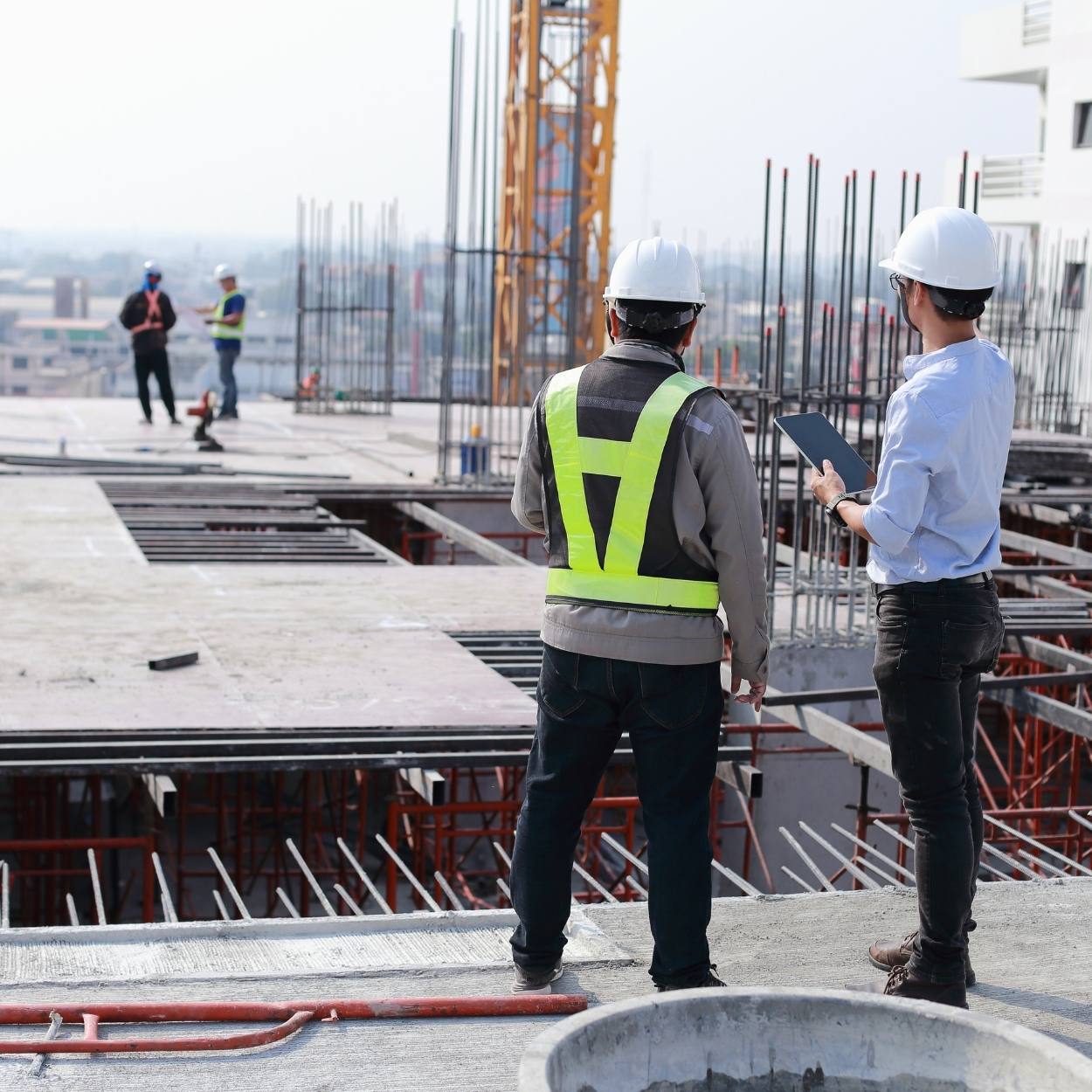Work Efficiency On Construction Sites

Hi! I am Nimish Desai. I am a qualified Civil Engineer having an experience of over 30 years in the Real Estate World. My endeavor now is to ensure that young entrepreneurs in the Real Estate Industry do not waste time doing mundane work and work more towards their bigger goals. In this blog, I explore my whole journey as a Civil Engineer to improve my work efficiency on Construction sites.
During my journey in the Real Estate world, along with some glorious moments. I have had to endure many unpleasant experiences also. There was no one to guide me at that time and there was no concept of Mentoring or Coaching very prevalent in those days. So, I tumbled and fell and got up to live and fight each day.
Today I am standing at a junction where I am proud to have built some amazing structures during my enlightening years of employment at Hiranandani Construction, with various other developers, and architects, and while managing various projects as a Project Management Consultant & as a Contractor.
I am a proud father of a son who will soon begin the same journey as a proud Civil Engineer, and I am on a journey to help everyone connected with the Real Estate world and seeking the help of someone who has successfully built a company. I have built not one but 4 companies from the scratch, engaged in various aspects of the real estate world.
I have now decided to share with my fellow brothers and friends all the various flavored experiences I have had during my journey and ensure they do not fall into the same pit.
Some of the biggest challenges we face today are checking work efficiency:
We fail to plan our daily schedule, something we do meticulously for our vendors and sub-contractors. We plan which activities they are supposed to do today but we do not plan what & when we are supposed to supervise those or related activities.
We feel since we are in the real estate world technology & systems do not play that important part. We have still not explored the possibilities of mobile apps for reporting, cloud storage etc to maximise our output for the same duration of time.
Mindset is still as prevalent as that of the 90s. many of us still engage staff with multiple responsibilities rather than specialists for sensitive work.
Ownership of the work. A lot of us just go to work and come back. Not many of us take ownership of the work allocated to us.
Delegation of work. This is one of the biggest curses of our industry. We fail to delegate work and waste our time doing work that others could have done.
In the coming weeks, we will discuss in detail them and a few more to see what and how we can change to ensure that we not only improve ourselves but also help improve others around us for a better work culture and environment.
One last thought before going “The only thing worse than not finding your genius is finding it and wasting it”.
If you want to learn how to work then, check our modules to improve your working strategy.
FAQs of Work Efficiency On Construction Sites
What is construction efficiency?
Construction efficiency is the ability to deliver projects or services in the most cost-effective manner, without sacrificing quality of work, productivity, or profit. There are many different kinds of inefficiencies in construction, for example, complicated or redundant processes, a lack of internal structure, or poor communication practices.
There are many ways to improve construction efficiency, such as:
- Systematizing and improving workflows to reduce downtime. This can be done by creating clear and concise plans, standardizing procedures, and using technology to automate tasks.
- Leveraging construction technologies like mobile and project management software for more efficient fleet management. These tools can help to track equipment usage, schedule maintenance, and identify potential problems.
- Maintaining and servicing equipment to maximize asset utilization. This will help to ensure that equipment is operating at peak efficiency and that downtime is minimized.
- Reducing waste and rework. This can be done by carefully planning materials and supplies, using quality control measures, and inspecting work as it progresses.
- Improving communication and collaboration between all stakeholders. This will help to ensure that everyone is on the same page and that problems are identified and resolved quickly.
What is the productivity and efficiency in construction projects?
Productivity and efficiency are two important concepts in construction projects. Productivity refers to the amount of work that is done in a given amount of time, while efficiency refers to the amount of work that is done with the least amount of resources.
There are a number of things that can be done to improve productivity and efficiency in construction projects, including:
- Investing in training: Providing training to workers can help to improve their skills and knowledge, which can lead to increased productivity.
- Using technology: Investing in technology can help to automate tasks and improve communication, which can lead to increased productivity and efficiency.
- Encouraging collaboration: Encouraging collaboration between different teams and departments can help to identify and resolve problems more quickly, which can lead to increased productivity and efficiency.
- Monitoring progress: Monitoring progress and making adjustments as needed can help to ensure that projects are completed on time and within budget.
What is the productivity ratio in construction?
A productivity ratio in construction is a measure of the efficiency of a construction project. It is calculated by dividing the output of the project by the input. The output can be measured in terms of the number of units produced, the value of the work completed, or the time taken to complete the project. The input can be measured in terms of the number of workers, the amount of materials used, or the amount of equipment used.
There are many different productivity ratios that can be used in construction, but some of the most common include:
- Labor productivity: This is the ratio of the number of units produced to the number of labor hours worked.
- Material productivity: This is the ratio of the number of units produced to the amount of materials used.
- Equipment productivity: This is the ratio of the number of units produced to the amount of equipment used.




